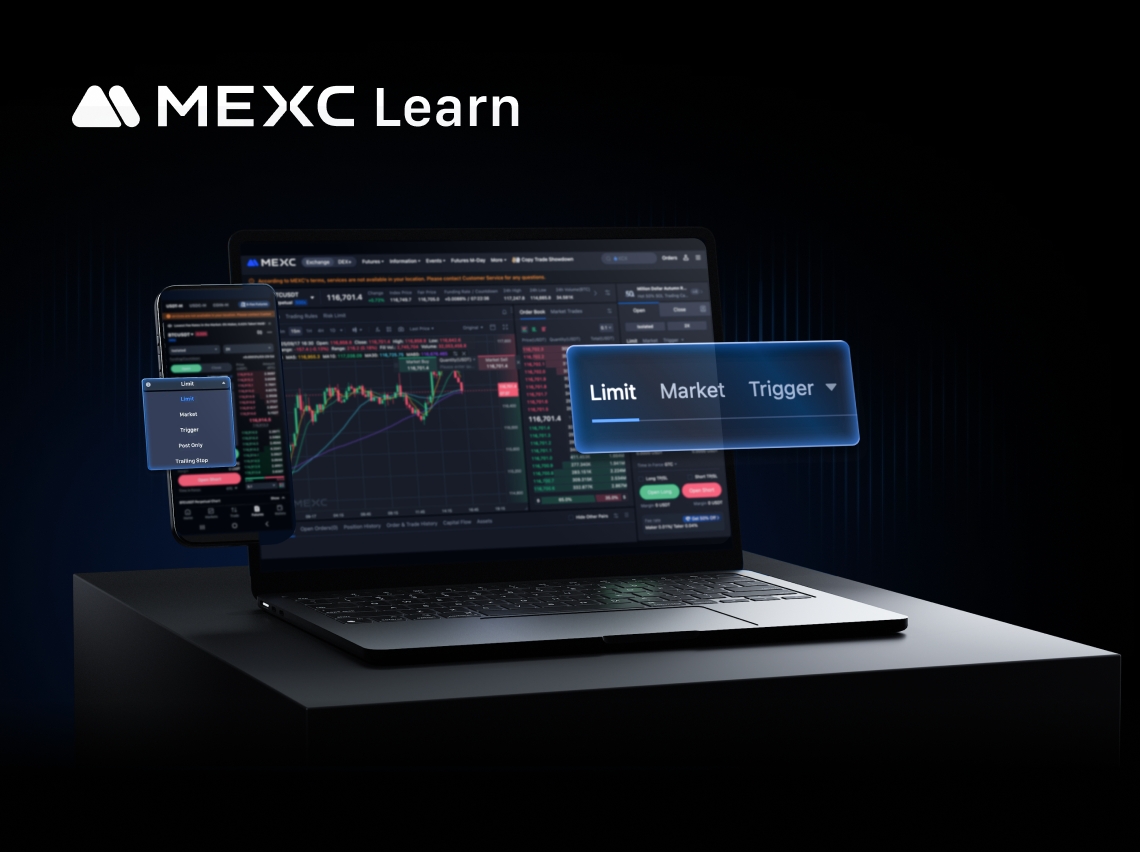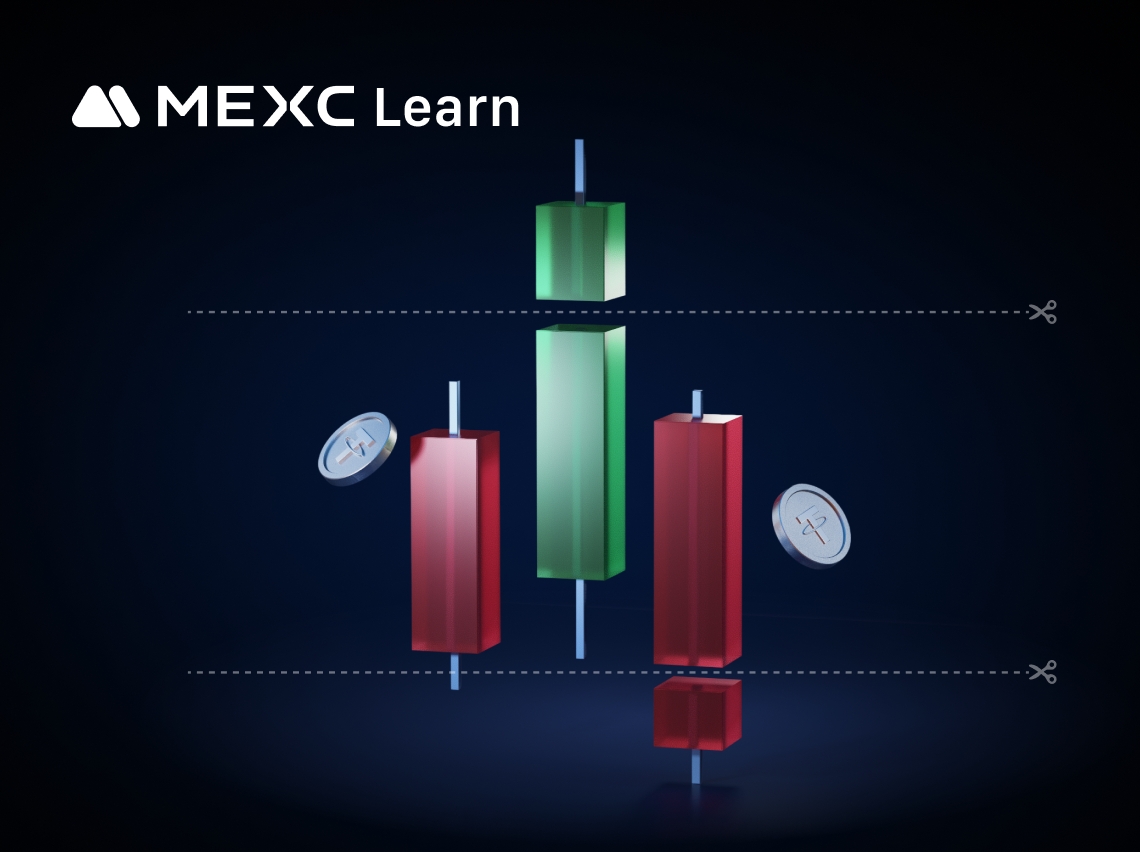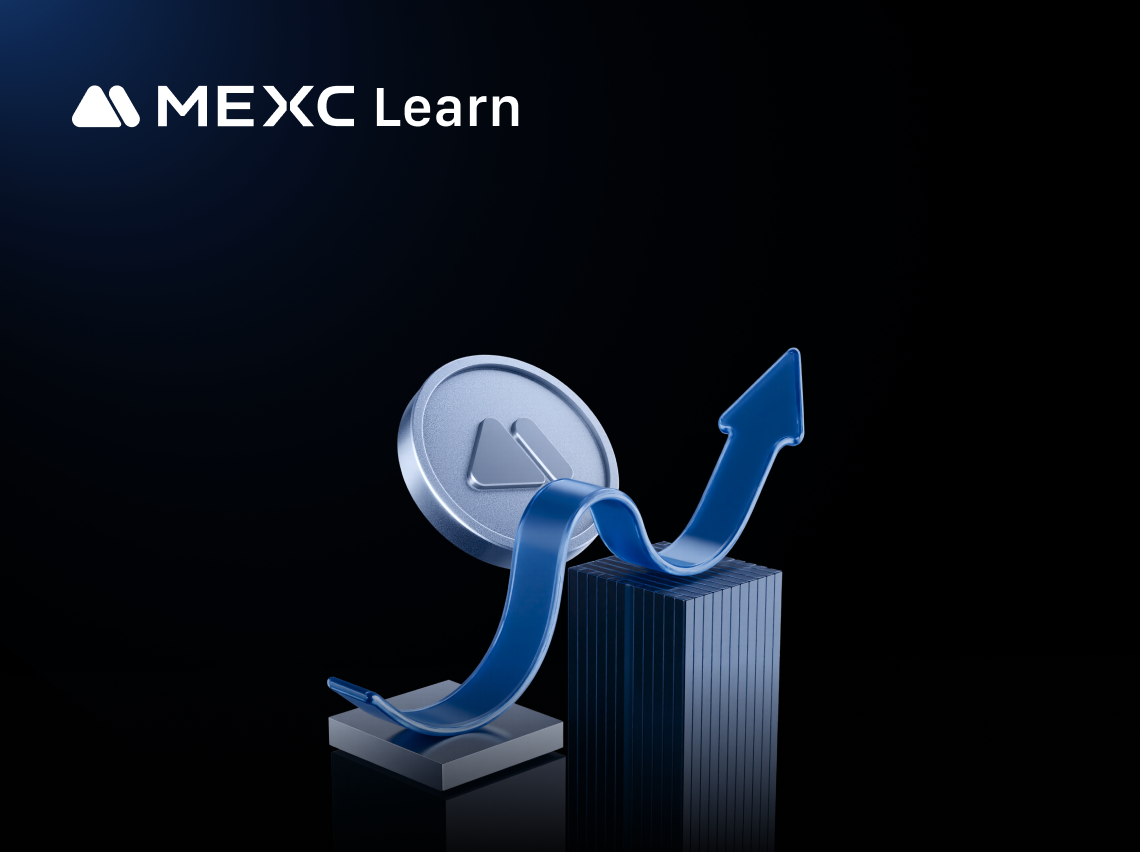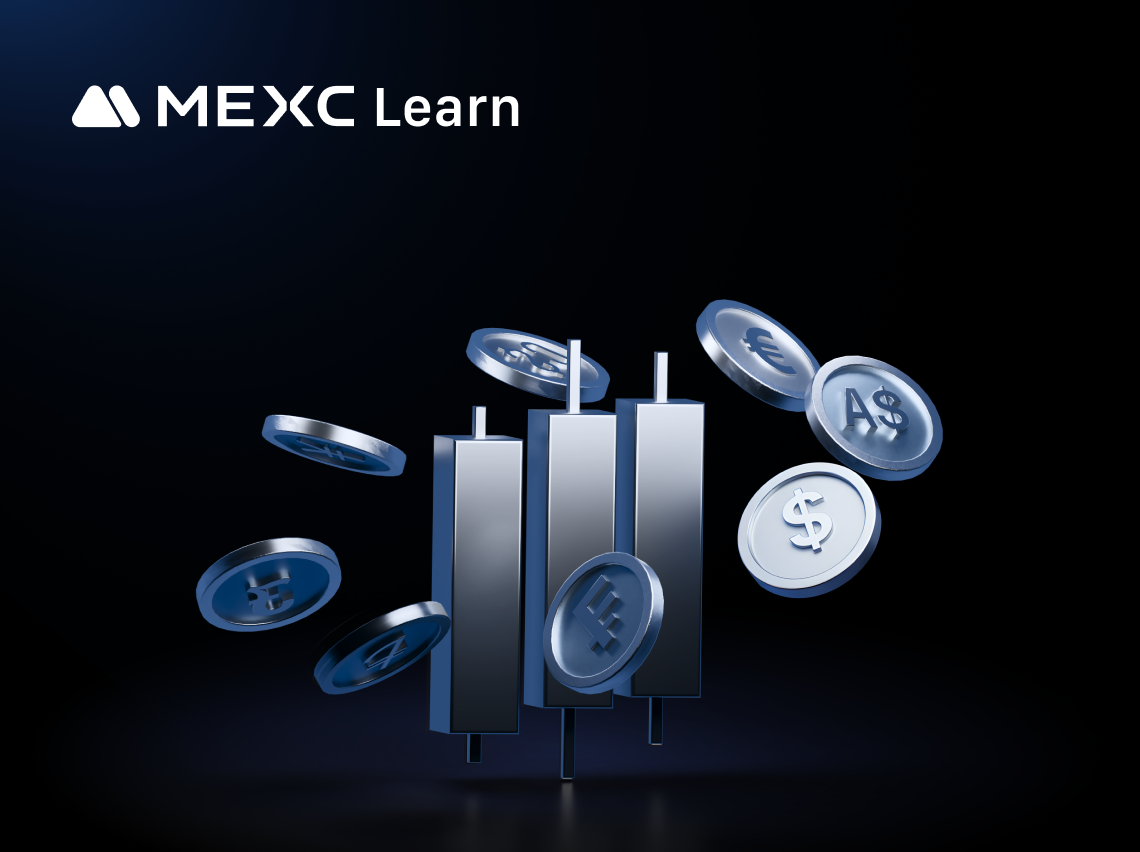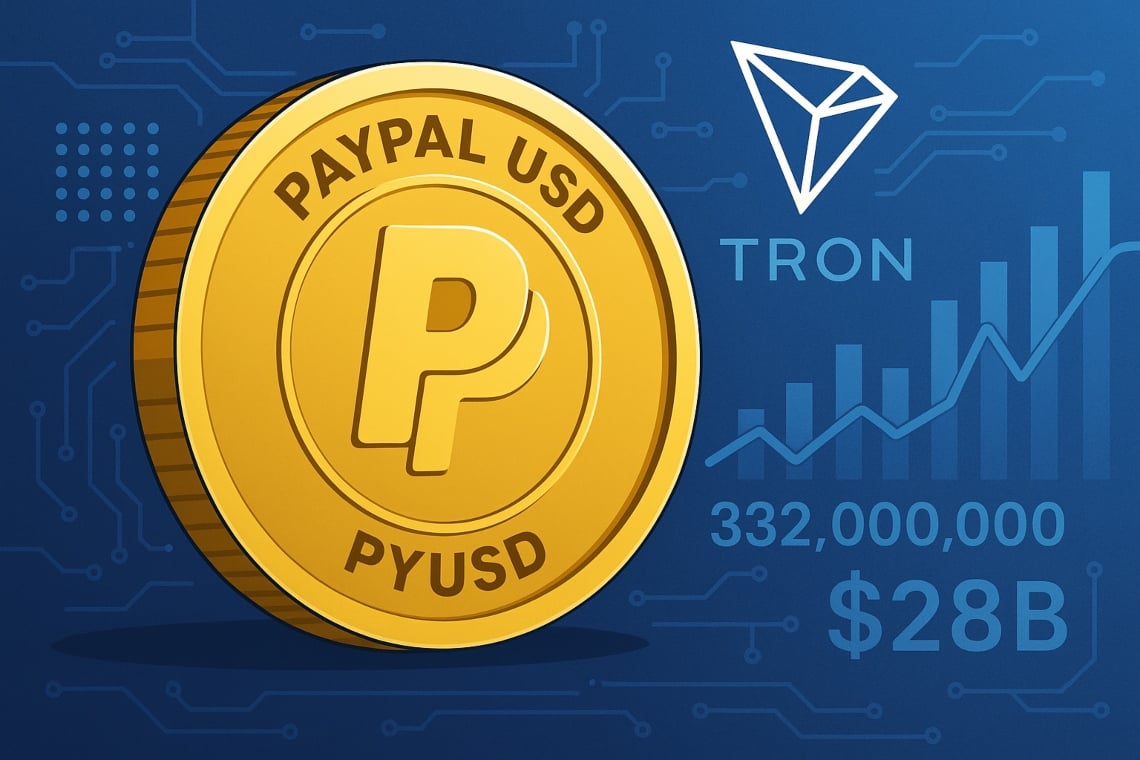The question of whether will Ethereum go up represents one of the most compelling investment debates in cryptocurrency today. This comprehensive analysis examines Ethereum's fundamental value drivers, historical growth patterns, and long-term potential to provide investors with a thorough understanding of ETH's growth thesis. Readers will discover the structural factors supporting price appreciation, learn from past growth cycles, and understand expert predictions about when will Ethereum go up in future market cycles.
Key Takeaways:
Ethereum's proof-of-stake transition creates deflationary pressure through fee burning while staking locks significant supply, supporting long-term price appreciation.
The platform's dominant smart contract ecosystem with thousands of applications generates real economic utility that distinguishes ETH from speculative cryptocurrencies.
Institutional adoption through ETF approvals and corporate treasury allocation provides sustained demand from systematic, long-term focused investors.
Real-world asset tokenization represents a multi-trillion dollar opportunity with Ethereum positioned as the primary settlement layer for digital financial instruments.
Layer 2 scaling solutions have solved network congestion issues while maintaining security, expanding addressable markets and use cases significantly.
Historical growth patterns from $1 to $4,800 demonstrate consistent appreciation driven by technological adoption rather than pure speculation.
The fundamental answer to will Ethereum go back up lies in its unique position as the world's leading smart contract platform. Unlike speculative assets driven purely by sentiment, Ethereum derives value from genuine utility across decentralized finance, non-fungible tokens, and emerging blockchain applications that generate billions in economic activity.
Ethereum's transition to proof-of-stake fundamentally altered its economic model, creating deflationary pressure through transaction fee burning while reducing new supply issuance. This supply-demand dynamic, combined with growing institutional adoption and expanding use cases, creates a compelling foundation for long-term price appreciation. The network processes billions in daily transaction volume, demonstrating real economic utility that distinguishes ETH from purely speculative cryptocurrencies. Whether Ethereum will go up depends largely on continued adoption of decentralized applications and the broader shift toward blockchain-based financial infrastructure. The evidence suggests these trends are accelerating rather than diminishing, supporting the investment thesis for sustained growth over meaningful timeframes.
Ethereum maintains the largest developer community in blockchain technology, with thousands of active contributors building applications across its ecosystem. This network effect creates a self-reinforcing cycle where more developers attract more users, generating more transaction fees that fund continued development. The platform hosts thousands of decentralized applications ranging from financial services to gaming platforms, creating diverse revenue streams that support long-term value creation. The switching costs for developers and users become increasingly high as the ecosystem matures. Moving complex financial applications or established user bases to alternative blockchains requires significant investment and risk, creating natural barriers that protect Ethereum's market leadership. This competitive moat strengthens over time as more infrastructure and tooling becomes Ethereum-specific.
The digitization of traditional assets represents a multi-trillion dollar opportunity that positions Ethereum as essential financial infrastructure. Government bonds, real estate, equities, and other financial instruments are beginning their migration to blockchain-based systems, with Ethereum serving as the primary settlement layer for these new digital assets.
Early estimates suggest even capturing a small fraction of the $130 trillion global bond market could drive substantial demand for ETH as collateral and gas fees. Major financial institutions are already piloting tokenized asset programs, indicating this trend extends beyond theoretical possibilities into practical implementation. As traditional finance embraces blockchain technology, Ethereum's first-mover advantage and established infrastructure make it the natural choice for institutional adoption.
Unlike retail-driven speculation, institutional adoption follows systematic evaluation processes and typically involves long-term holding strategies. When pension funds, endowments, and corporate treasuries allocate even small percentages to Ethereum, the resulting capital flows can drive significant price appreciation given the limited liquid supply available for trading.
Ethereum's Layer 2 ecosystem has solved the network's scalability challenges while maintaining security and decentralization. Solutions like Arbitrum and Optimism enable numerous users to interact with Ethereum applications at dramatically reduced costs, expanding the addressable market beyond high-value transactions to include gaming, social media, and micropayments. This scaling success removes the primary technical barrier that previously limited Ethereum adoption. Lower transaction costs unlock new use cases and user demographics, potentially bringing billions of people into the Ethereum ecosystem. As Layer 2 adoption grows, demand for ETH increases both for bridging assets and settling final transactions, creating sustained upward pressure on the underlying asset.
Ethereum's proof-of-stake mechanism creates unique monetary dynamics that favor long-term holders. Staking rewards incentivize holding rather than selling, while transaction fee burning during network activity reduces the circulating supply. This combination creates deflationary pressure during periods of high usage, contrasting favorably with inflationary monetary policies of traditional assets.
The staking mechanism locks a significant portion of total ETH supply in validators, removing these tokens from active trading markets. This enforced scarcity amplifies price movements during demand increases, as the available supply for new buyers remains constrained. These monetary advantages become more pronounced as network adoption grows and staking participation increases.
Ethereum's initial growth from under $1 to $1,400 during 2015-2017 demonstrated the market's recognition of smart contract technology's transformative potential. The ICO boom of 2017 proved that programmable money could enable entirely new forms of fundraising and business models, with Ethereum serving as the foundational infrastructure for this innovation. Early investors who recognized this fundamental shift captured extraordinary returns as the market began pricing Ethereum's utility value rather than speculative potential alone.
The emergence of decentralized finance applications during 2018-2021 drove Ethereum's evolution from experimental technology to essential financial infrastructure. Protocols enabling lending, borrowing, trading, and yield farming generated billions in economic activity, creating genuine demand for ETH as collateral and transaction fees. The NFT market explosion during 2021 further validated Ethereum's platform capabilities, with this period seeing ETH reach its all-time high near $4,800 as mainstream attention focused on blockchain applications beyond simple cryptocurrency speculation.
Analysis of Ethereum's historical price cycles reveals consistent patterns driven by technological adoption rather than pure speculation. Each major growth phase corresponded to breakthrough applications that demonstrated new capabilities and attracted fresh user demographics to the ecosystem. These patterns suggest future growth will likely follow similar adoption-driven cycles, with the current focus on real-world asset tokenization and institutional adoption mirroring the fundamental utility expansions that drove previous appreciation periods.
The question of when will ethereum go up again depends on several converging factors that suggest accelerating adoption timelines. Institutional infrastructure continues maturing through ETF approvals and custody solutions, while technological upgrades like the upcoming Pectra implementation promise enhanced network capabilities. Multiple analyst projections anticipate significant appreciation driven by fundamental improvements rather than speculative cycles.
Long-term scenarios for ethereum price predictions range from conservative $5,000-$8,000 targets to more ambitious projections exceeding $15,000 by decade's end. These forecasts assume continued technological development, successful scaling implementations, and mainstream adoption of blockchain-based financial services. The wide range reflects uncertainty about adoption timelines rather than fundamental disagreement about Ethereum's growth potential.
Expert analysis suggests that will ethereum ever go back up to previous highs depends primarily on regulatory clarity and institutional adoption rates rather than technical factors. As these uncertainties resolve positively, the timeline for significant price appreciation appears increasingly likely within the next 2-3 years rather than requiring decade-long timeframes.
Alternative blockchain platforms continue improving their technology and attracting developer mindshare, potentially eroding Ethereum's network effects. Newer platforms offering superior speed, cost, and functionality could capture market share if they demonstrate clear advantages for specific use cases. The blockchain space remains highly innovative, requiring Ethereum to maintain technological leadership to preserve its competitive position.
Policy changes could restrict institutional participation or impose compliance costs that reduce Ethereum's competitive advantages. The global nature of cryptocurrency markets means negative regulatory developments in major jurisdictions could significantly impact growth trajectories regardless of technological progress. Current favorable trends could reverse with changing political landscapes.
Complex network upgrades require flawless implementation to maintain user confidence. Sharding, Layer 2 integration, and scaling solutions carry substantial execution risks given their technical complexity. Delayed or problematic upgrades often trigger market corrections as expectations adjust to new realities.
Economic recessions reduce appetite for risk assets like cryptocurrencies, while rising interest rates make yield-bearing alternatives more attractive. These broader financial cycles operate independently of Ethereum's technological development, creating external constraints that could suppress growth regardless of fundamental improvements.
Investors evaluating whether will eth go up should focus on fundamental analysis rather than short-term price movements. Dollar-cost averaging remains the most prudent approach for building ETH positions, smoothing volatility while accumulating holdings over extended periods. This strategy particularly benefits those who believe in Ethereum's fundamental value proposition but recognize that timing perfect entry points proves consistently difficult.
Portfolio allocation decisions should reflect Ethereum's high-growth potential balanced against cryptocurrency volatility risks. Most investment professionals recommend limiting cryptocurrency exposure to 5-10% of total portfolio value, allowing investors to capture upside potential while maintaining overall portfolio stability. Setting clear position limits and profit-taking strategies helps optimize returns while protecting against downside scenarios.
Cryptocurrency markets follow cyclical patterns driven by technological adoption, regulatory developments, and broader market sentiment. Patient investors who understand these cycles can optimize their positioning by accumulating during pessimistic periods and taking profits during euphoric phases. Historical analysis suggests optimal accumulation periods occur when fundamental development continues despite negative market sentiment.
Will Ethereum Go Up
1. Will Ethereum go up today?
Ethereum's long-term fundamentals suggest upward potential, though daily movements remain unpredictable and driven by various market factors.
2. Will Ethereum ever go back up?
Historical patterns and improving fundamentals indicate ETH should recover and exceed previous highs over meaningful timeframes.
3. Will ETH go up in 2025?
Expert analysis anticipates significant appreciation based on network upgrades and institutional adoption acceleration.
4. What will make Ethereum go up?
Primary drivers include institutional adoption, real-world asset tokenization, network scaling success, and regulatory clarity improvements.
5. When will Ethereum price go up?
Sustained upward movement appears likely as technological upgrades and institutional infrastructure mature over the next 2-3 years.
6. Will Ethereum go up or down?
Long-term outlook remains bullish despite periodic volatility, supported by expanding use cases and network effects.
7. How much will Ethereum go up?
Price targets range from $5,000-$8,000 conservatively to $15,000+ in optimistic scenarios, depending on adoption timelines.
8. Why will Ethereum go up?
Fundamental utility as financial infrastructure, deflationary monetary policy, and expanding institutional adoption create compelling growth drivers.
The evidence supports that will Ethereum go up over meaningful timeframes. Ethereum's smart contract dominance, institutional adoption, and expanding applications create compelling growth drivers beyond speculation. When will Ethereum go back up appears likely within years as regulatory clarity improves. Ethereum will go up scenarios favor long-term investors with proper risk management. Platforms like MEXC provide market access for this technological transformation, though cryptocurrency investments carry substantial risks requiring thorough research.




